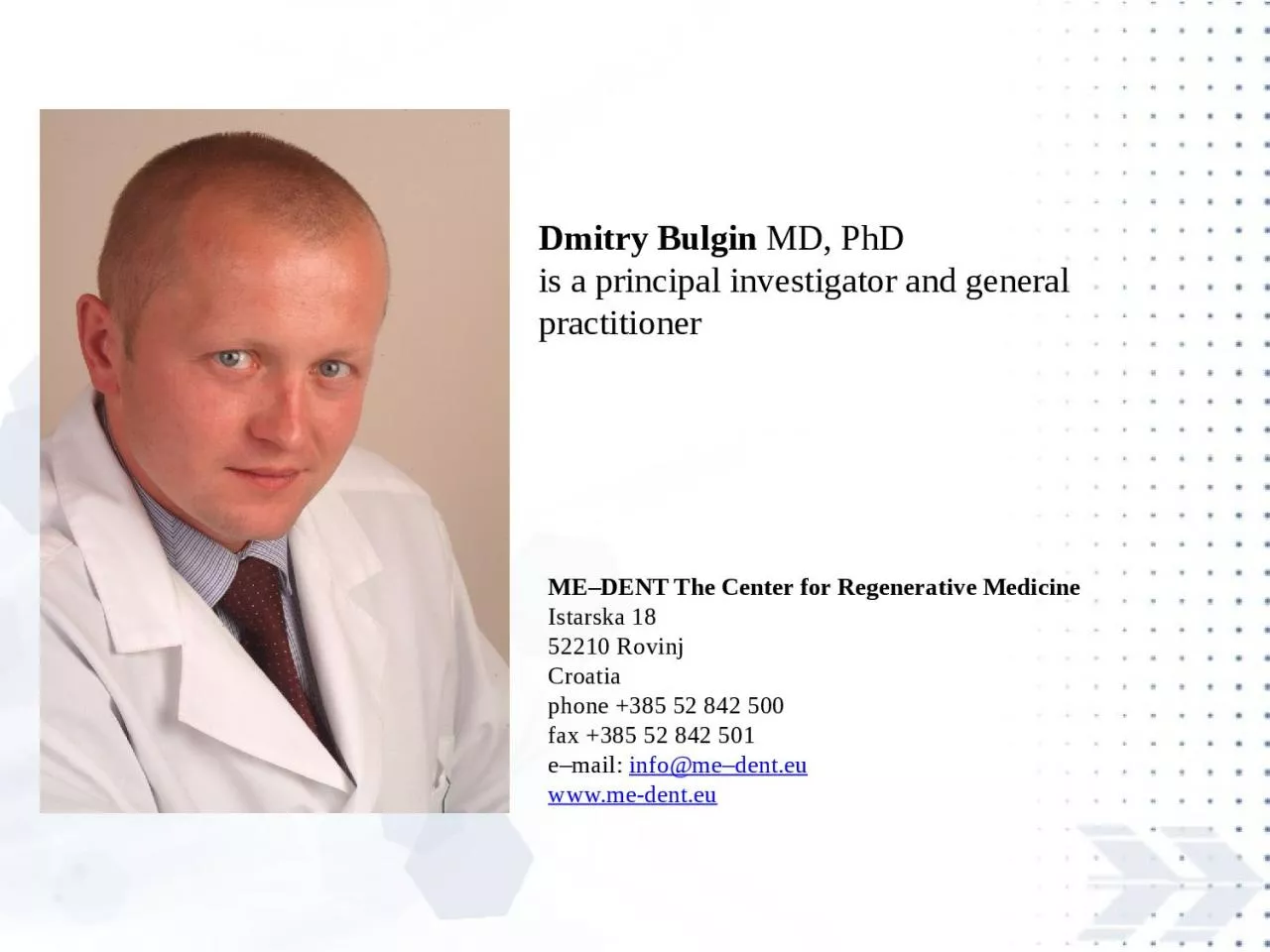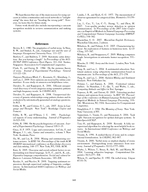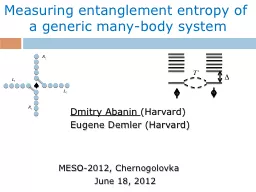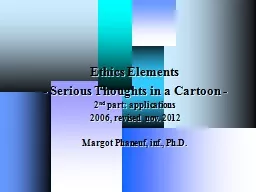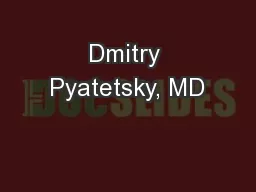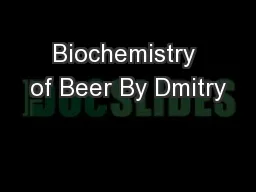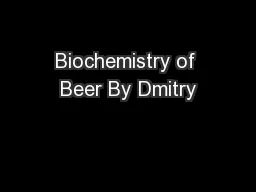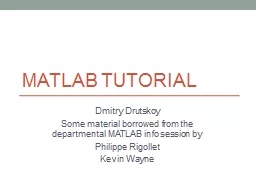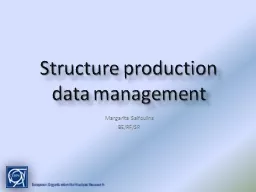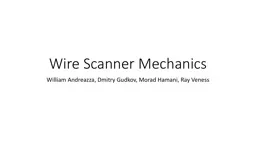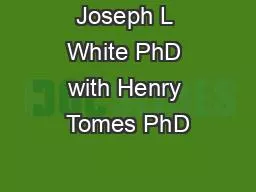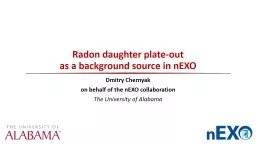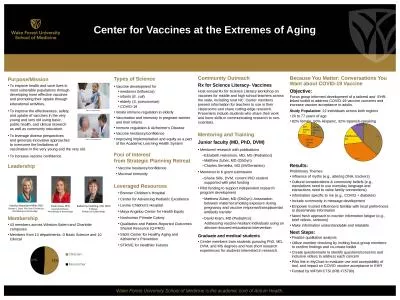PPT-Dmitry Bulgin MD, PhD
Author : mary | Published Date : 2022-06-28
is a principal investigator and general practitioner MEDENT The Center for Regenerative Medicine Istarska 18 52210 Rovinj Croatia phone 385 52 842 500
Presentation Embed Code
Download Presentation
Download Presentation The PPT/PDF document "Dmitry Bulgin MD, PhD" is the property of its rightful owner. Permission is granted to download and print the materials on this website for personal, non-commercial use only, and to display it on your personal computer provided you do not modify the materials and that you retain all copyright notices contained in the materials. By downloading content from our website, you accept the terms of this agreement.
Dmitry Bulgin MD, PhD: Transcript
Download Rules Of Document
"Dmitry Bulgin MD, PhD"The content belongs to its owner. You may download and print it for personal use, without modification, and keep all copyright notices. By downloading, you agree to these terms.
Related Documents

